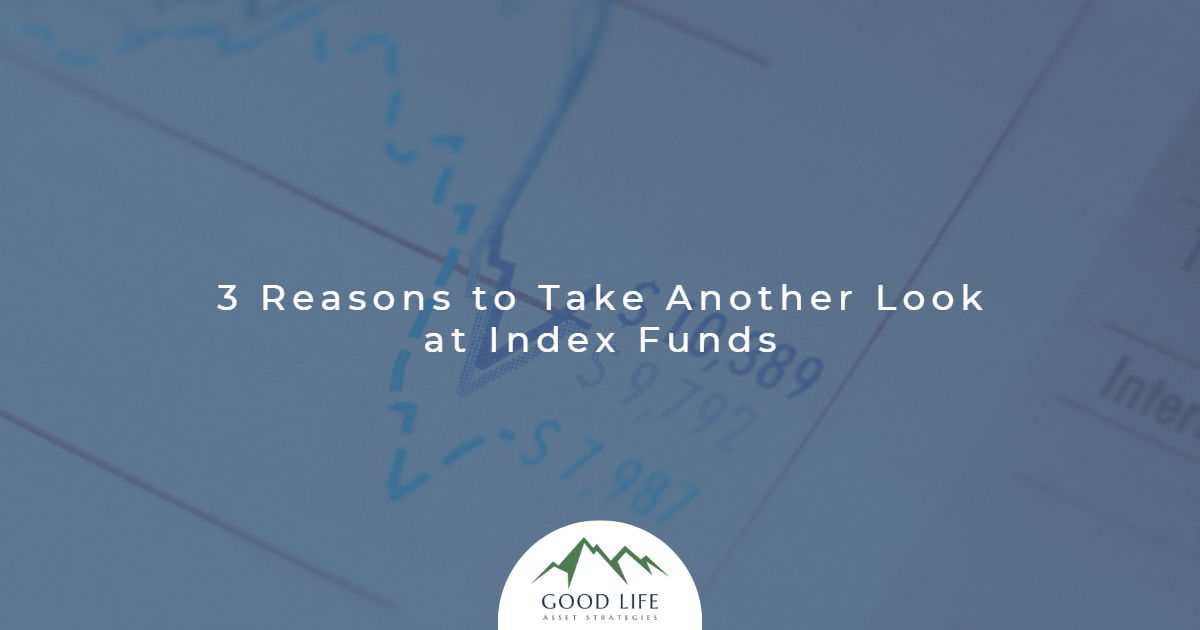- 817-864-8560
- justin@g-las.com
- Mon - Fri: 9:00am - 5:00pm

Investing in the stock market can be intimidating, but an index fund means it doesn’t have to be.
An index fund includes a group of stocks that track a specific market index. Mutual funds and exchange-traded funds (ETFs) are two examples. An investor who chooses these funds gains exposure to a diversified portfolio of stocks without having to pick individual stocks.
When investing in index funds, it’s important to keep in mind that they are not immune to market changes. In fact, they will rise and fall with the market index they track. But, a diversified portfolio that includes mutual funds or ETFs reduces the impact of market swings on your total wealth.
One common misconception about mutual fund and ETF investing is that they are only for passive investors. People assume these investors don’t want to put in the time and effort to research individual stocks.
It is true that these funds are a great option for passive investors. But, they can also be a great option for active investors who want to build a diversified portfolio of stocks.
Here at Good Life Asset Strategies, we prefer ETF’s to mutual funds because of their lower fees. We’re bargain shoppers. Feel free to reach out to us if you need help with an investment strategy that is right for your portfolio.
Good Life Asset Strategies, LLC is a registered investment advisor located in Fort Worth, Texas. Good Life Asset Strategies, LLC and its representatives are in compliance with the current registration and notice filing requirements imposed upon registered investment advisors by those states within which the firm maintains clients.
All information herein has been prepared solely for informational purposes, and it is not an offer to buy or sell, or a solicitation of an offer to buy or sell any security or instrument or to participate in any particular trading strategy. Such an offer can only be made in the states that Good Life Asset Strategies, LLC is either registered or a notice filer or an exemption from registration is available under the securities laws or other laws.
Certified Financial Planner Board of Standards, Inc. (CFP Board) owns the CFP® certification mark, the CERTIFIED FINANCIAL PLANNER™ certification mark, and the CFP® certification mark (with plaque design) logo in the United States, which it authorizes use of by individuals who successfully complete CFP Board’s initial and ongoing certification requirements.